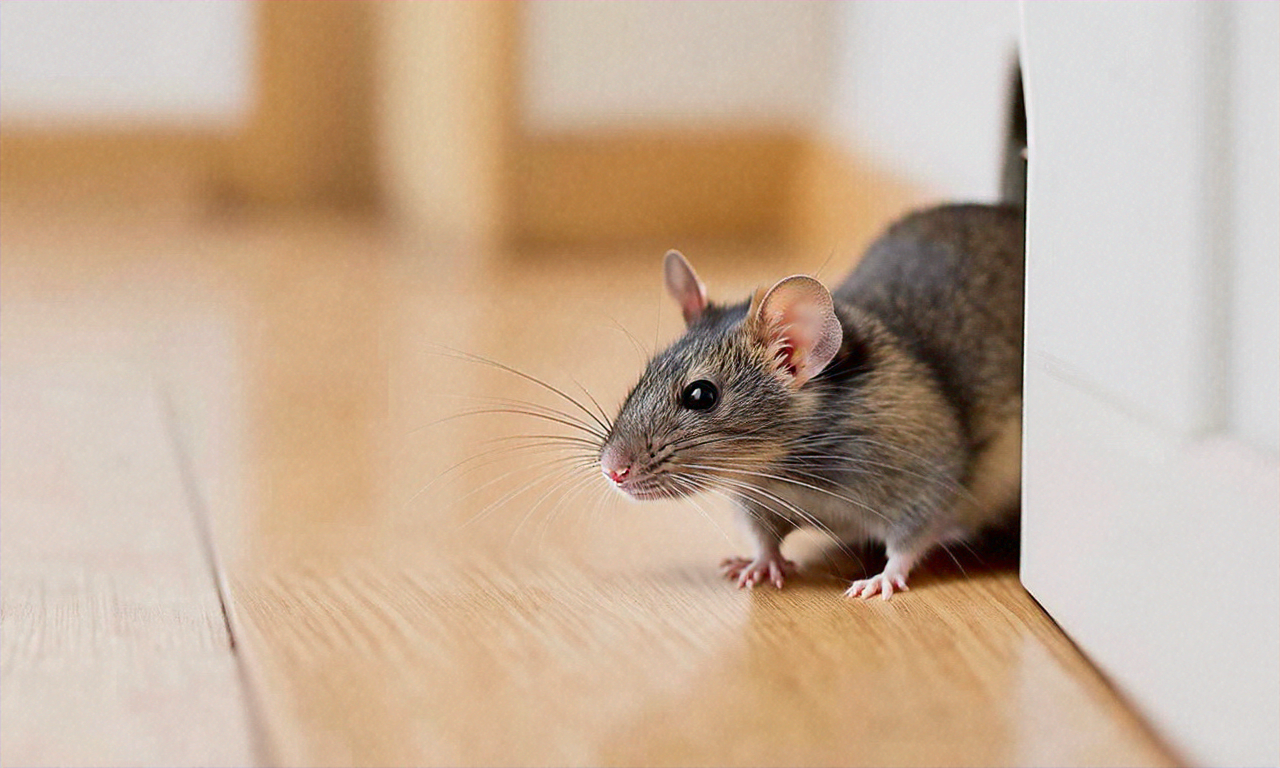Effective Pest Control: Protecting Your Home from Unwanted Guests
Pest control is a crucial aspect of maintaining a healthy and comfortable living environment. From tiny insects to pesky rodents, various creatures can invade our homes, causing damage, spreading diseases, and creating unsanitary conditions. Understanding the fundamentals of pest control can help homeowners effectively manage and prevent infestations, ensuring a safe and pleasant living space for themselves and their families.

-
Cockroaches: Resilient and adaptable, cockroaches are notorious for their ability to survive in various environments and spread bacteria.
-
Rodents: Mice and rats can cause significant damage to property and pose health risks through their droppings and urine.
-
Termites: These wood-destroying insects can silently wreak havoc on a home’s structure, causing extensive and costly damage.
-
Bed bugs: These nocturnal pests feed on human blood and can quickly infest bedding, furniture, and other household items.
Understanding the types of pests common in your area is the first step in developing an effective pest control strategy.
How can I identify signs of an infestation in my house?
Recognizing the early signs of a pest infestation is crucial for prompt and effective treatment. Some common indicators include:
-
Visible pests: Seeing live insects or rodents in your home is an obvious sign of an infestation.
-
Droppings: Small pellets or dark stains may indicate the presence of rodents or cockroaches.
-
Gnaw marks: Rodents often leave teeth marks on wood, plastic, or electrical wiring.
-
Unusual noises: Scratching or scurrying sounds in walls or ceilings may suggest rodent activity.
-
Damaged wood: Hollow-sounding wood or small holes in wooden structures could indicate termite activity.
-
Unexplained bites: Waking up with itchy, red bites may be a sign of bed bugs.
Regular inspections of your home, particularly in dark, damp areas, can help you catch infestations early and prevent them from escalating.
What are effective methods for preventing pest infestations?
Prevention is key when it comes to pest control. Implementing these strategies can significantly reduce the likelihood of infestations:
-
Seal entry points: Inspect your home’s exterior for cracks, gaps, or holes and seal them to prevent pests from entering.
-
Maintain cleanliness: Regular cleaning, especially in kitchen and dining areas, removes food sources that attract pests.
-
Proper food storage: Store food in airtight containers and dispose of garbage regularly to minimize attractants.
-
Eliminate moisture: Fix leaky pipes and ensure proper drainage to reduce damp areas that attract pests.
-
Declutter: Remove unnecessary clutter that can provide hiding spots for pests.
-
Landscape maintenance: Keep your yard tidy, trim vegetation away from your house, and remove standing water to discourage pests.
-
Regular inspections: Conduct periodic checks of your home to catch early signs of pest activity.
By incorporating these preventive measures into your home maintenance routine, you can create an environment that is less hospitable to pests.
When should I consider professional pest control services?
While many minor pest issues can be handled with DIY methods, certain situations call for professional intervention:
-
Severe infestations: If you’re dealing with a large-scale pest problem that’s beyond your control.
-
Persistent issues: When pests continue to return despite your best efforts to eliminate them.
-
Dangerous pests: For pests that pose significant health risks or require specialized treatment, such as bed bugs or termites.
-
Preventive measures: Regular professional inspections and treatments can help maintain a pest-free environment.
-
Time constraints: If you lack the time or expertise to effectively manage pest control yourself.
Professional pest control services can provide targeted treatments, identify underlying issues, and offer long-term solutions for pest management.
What are some eco-friendly pest control options?
For those concerned about the environmental impact of traditional pest control methods, several eco-friendly alternatives are available:
-
Natural repellents: Essential oils like peppermint, citronella, and eucalyptus can deter certain pests.
-
Diatomaceous earth: This natural substance can effectively control insects by dehydrating them.
-
Biological controls: Introducing beneficial insects or nematodes can help control pest populations.
-
Traps and barriers: Non-toxic traps and physical barriers can prevent pests from entering or establishing themselves in your home.
-
Boric acid: A low-toxicity substance effective against many insects when used properly.
-
Neem oil: A natural insecticide derived from the neem tree, effective against various pests.
These eco-friendly options can be particularly appealing for households with children, pets, or those with environmental concerns.
Effective pest control is an ongoing process that requires vigilance, prevention, and sometimes professional assistance. By understanding the common pests in your area, recognizing signs of infestation, implementing preventive measures, and knowing when to seek professional help, you can maintain a pest-free home environment. Whether you choose traditional methods or eco-friendly alternatives, the key is to act promptly and consistently to keep unwanted guests at bay and protect your house from potential damage and health risks associated with pest infestations.






